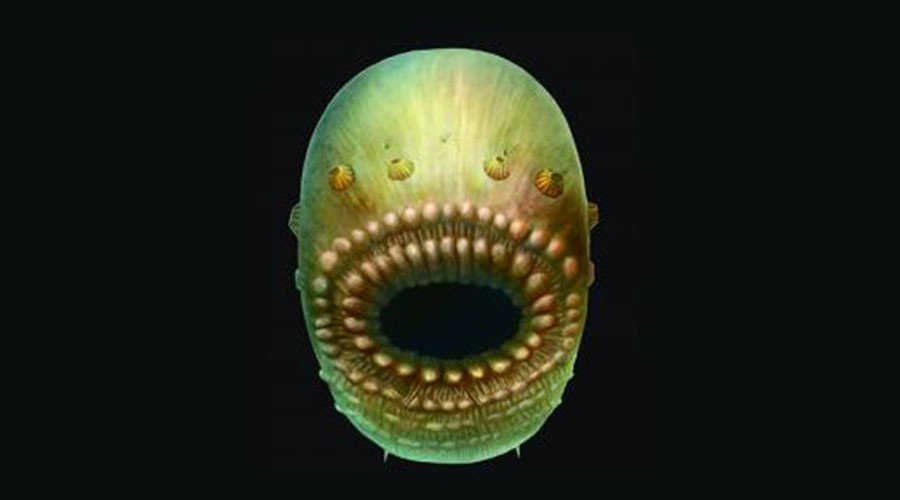Bizarre underwater ‘bag’ creature could be missing evolutionary link - study

The fossilized remains of a microscopic ‘bag-like’ creature which probably ate and excreted using its mouth could be a key missing link in the evolutionary chain, according to a new study.
Published in the Nature journal, the new study describes microfossils known as Saccorhytus that were found in the central China Shaanxi province - at one time a shallow sea.
Academics from the UK and China say the tiny fossils may be an early example of a ‘deuterostome’, which eventually evolved from the sea bed into a wide range of species including vertebrates.
READ MORE: 'Tarpon from hell': 100mn yo fossils shed light on Australia's ancient fish
“We think that as an early deuterostome this may represent the primitive beginnings of a very diverse range of a very diverse range of species, including ourselves,” said University of Cambridge Professor Simon Conway Morris, who was involved in the finding.
“To the naked eye, the fossils we studied look like tiny black grains, but under the microscope the level of detail is jaw-dropping.”
“All deuterostomes had a common ancestor and we think that is what we are looking at here,” Conway Morris added.
The creature, named Saccorhytus because of its sack-like features, lived approximately 540 million years ago. Authors of the newly published study suggest it is one of the earliest steps on the road of human evolution.

The diverse group of animals which are thought to have developed from deuterostomes has made it difficult to pinpoint a common ancestor. But it’s thought Saccorhytus could be one, with its similarities to two different early organisms.
Through CT scans of the rock fossils, scientists have been able to build up a picture of how Saccorhytus might have looked. It is described as about one millimeter in size and most likely lived between sand on the seafloor.
Interestingly, evidence of a musculature system was discovered, with researchers deducing that the tiny creature must have wriggled to get around.
One particularly bizarre element of the species is that it did not appear to have an anus and therefore probably disposed of its waste using the same orifice it ingested food through.
“If that was the case, then any waste material would simply have been taken out back through the mouth, which from our perspective sounds rather unappealing,” Conway Morris admitted.
READ MORE: Giant predatory otters roamed China 6 million years ago - new research
Degan Shu, of China’s Northwest University in Xi’an, suggested the finding provides a new view of the evolution process.
“Our team has notched up some important discoveries in the past, including the earliest fish and a remarkable variety of other early deuterostomes,” Shu said.
“Saccorhytus now gives us remarkable insights into the very first stages of the evolution of a group that led to the fish, and ultimately, to us.”












